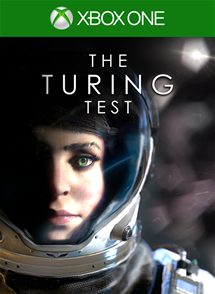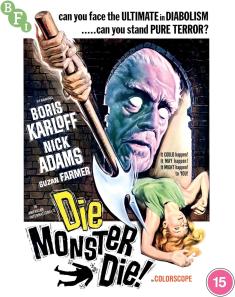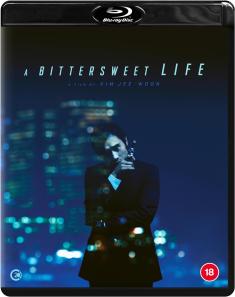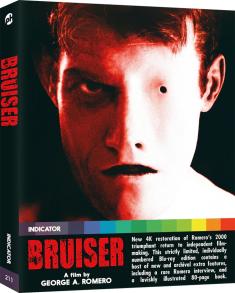The Turing Test
Overview -
Bulkhead Interactive is a British company formed during the merger of Bevel Studios and Deco Digital, who previously released 'Pneuma: Breath of Life'. 'The Turing Test' is available now for Xbox One and PC, and was published through Square Enix's indie initiative, the Square Enix Collective.
Video Review
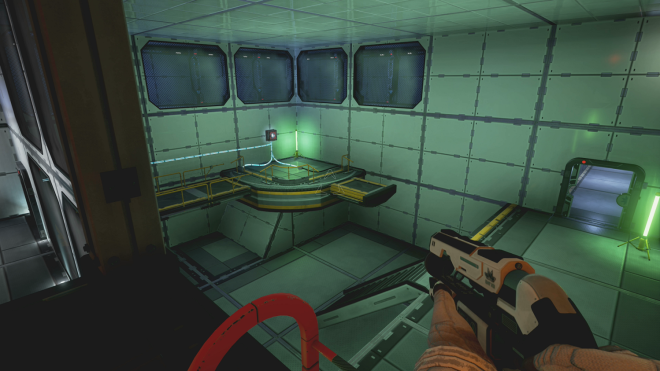
'The Turing Test" was built with Unreal Engine 4 and has a smooth, professional look, although the environments and physics are very low-maintenance. The art design is the kind of retrofuture stuff present in the 'Alien' franchise, where computers are powerful but still look like VHS tapes. The game plays well and has few hiccups or other visual problems.
Audio Review
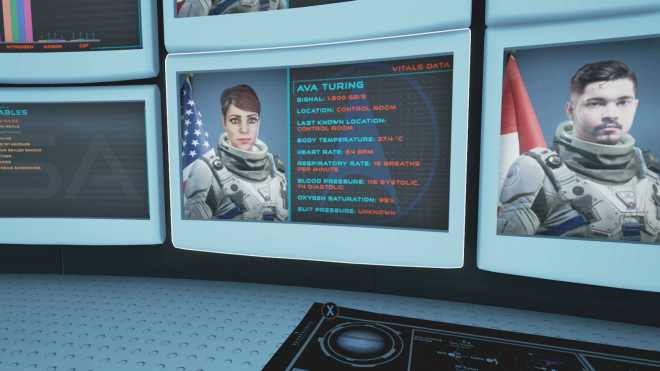
Voice acting in 'Turing' is mostly limited to the two main characters, but there is a lot of it and the actors know what they're doing. Tom manages to sound not quite humanlike without overdoing it as so many performers do when portraying an AI. The other sound and music is pleasant enough without being intrusive.
Final Thoughts
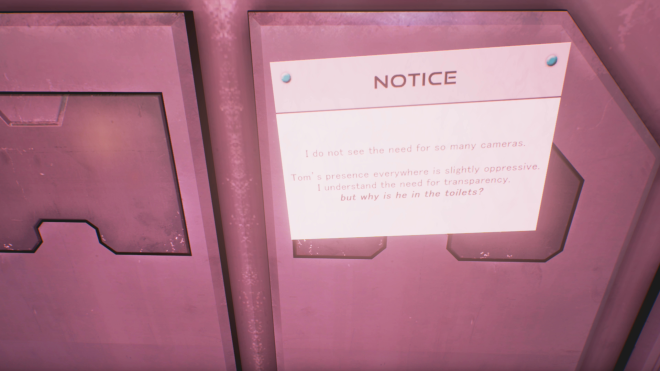
It is heavily derivative, but 'The Turing Test' is a worthy imitation of the 'Portal' and its ilk. It has fun, quick puzzles and a disquieting, thought-provoking dialogue between two minds whose true nature is unclear. It is a pleasant way to spend a few hours.
